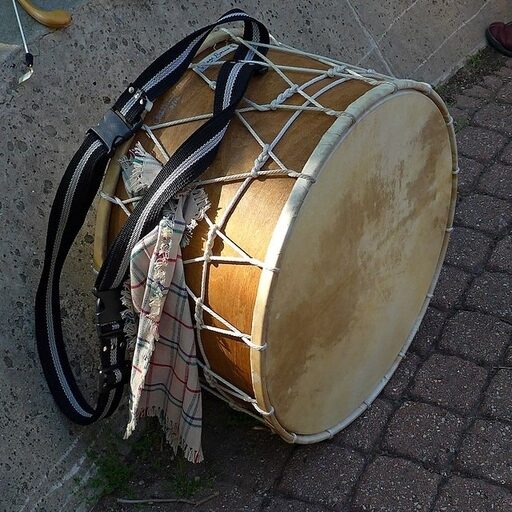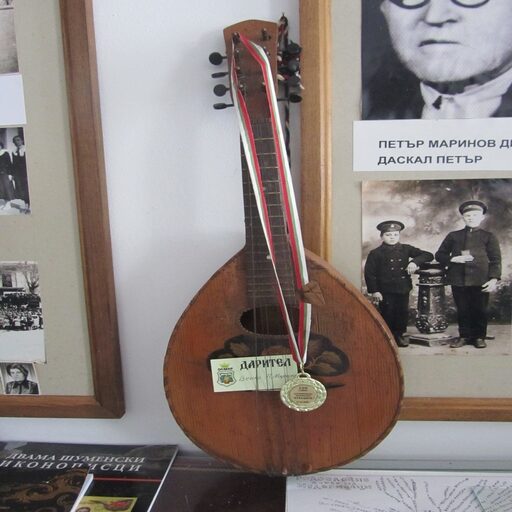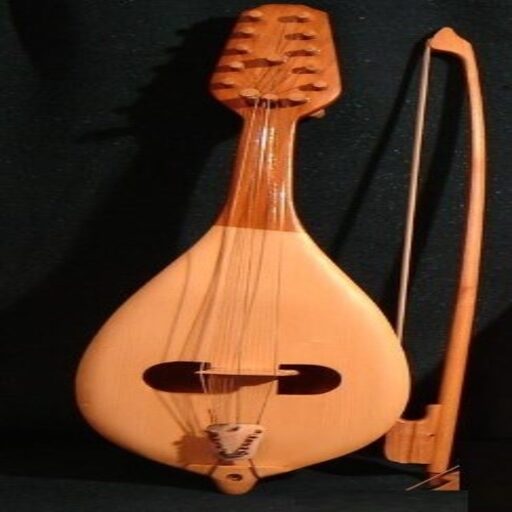Instruments
The most common traditional Bulgarian instruments are the kaval (a flute), the gaïda (a kind of bagpipe), and the gadoulka (a fiddle) but there is also the tamboura (a lute) and the bass drum (the tapan). Some of these instruments are used throughout the country, but others only in some regions. In the Rhodopes, Rhodopian gaida is the most widely used, in the Pirin region, different types of tamboura,… They left the villages during the communist era and were integrated into the so-called traditional orchestras.

The Gaïda (“гайда”) is a wind instrument (similar to the bagpipe) usually with only one drone. There are three forms in Bulgaria:
The gaida dzura or Thracian gaida: the Thracian gaïda, she was chosen at the time as a comunist to join the popular traditional orchestras. Its melodic and slightly conical pipe and its goatskin reservoir.
The kaba gaida or Rhodope gajda: the Rhodope gaïda. Its melodic pipe is cylindrical and curved.
The Macedonian gaida: the Macedonian gaïda is rarely played in Bulgaria but remains very alive in Macedonia.
It consists of two playing pipes: a melodic one (gajdunica) and a drone and simple reeds (piskun). The tank is made of animal skin: the goat. The melodic tube has 7 play holes plus one for the thumb than the drone, it is made of three interlocking parts.
Traditionally, the gaïda was played by men to accompany the singing or played alone or with the bass drum, called tapan.
The Kaval (“кавал”) is a diatonic or chromatic oblique flute depending on the region. It is played in all the Balkans but also in Turkey, Armenia and Egypt. It is made with fruit drink wood (cherry, alisier), reed or pallisander. The Bulgarian Kaval is composed of three parts (assembled like a clarinet) with cow horn reinforcements and metal decorations. The Bulgarian Kaval is mainly in D and more rarely in C. It has eight holes, one of which is at the back and four holes of the devil at the bottom of the flute. It is open at both ends and is played by blowing on a bevelled head and with the fat of the fingers.

The Tapan (“тъпан“) is a bass drum with a wooden or metal drum and two (goatskin) panels, attached by ropes. The lacing of the strings varies according to the regions and countries, allowing the tension of the skin and therefore the sound to vary.

The Tambura (“тамбура“) is found throughout the Balkans. It has a large handle and a pear-shaped body. The string varies from 2 to 12, grouped in pairs but sometimes also from 3 to 7 strings. The agreement is either diatonic or chromatic. It is used as an accompaniment instrument or soloist.

The Gadulka (“гъдулка”) is a stringed instrument from Bulgaria. It is a variant of a family of foxes, widespread in the Byzantine and Ottoman world. Its size and shape change according to the region (Thrace, Gabrovo, etc.). Its body is made of mulberry and consists of 3 and 4 gut strings, sometimes 2 to 10 sympathetic strings. It is played alone or accompanied by Kaval or Gaïda.


